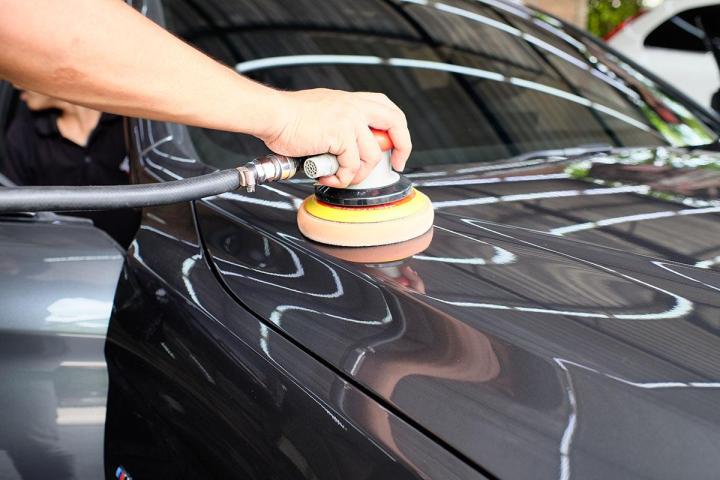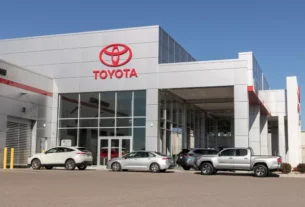Paint correction is vital for vehicle owners looking to maintain or restore their car’s original shine and clarity. It involves removing imperfections from the vehicle paint surface to bring it as close to factory condition as possible. The imperfections include swirl marks, minor scratches, oxidation, water spots, and holograms, detracting from the vehicle’s overall appearance.
One common myth about paint correction is that it fixes every issue. While it dramatically improves the appearance of paint, some deep scratches that penetrate beyond the clear coat into the base coat or primer require additional repairs or repainting. Knowing the limitations of paint correction helps car owners have realistic expectations and choose the best course for maintaining their vehicle’s appearance over time. The following is an overview of tips for optimal paint correction.
Steps for Car Paint Correction
- Inspection – The main objective of the inspection is to assess the vehicle’s paintwork to identify imperfections.
- Wash and Decontamination – Use a pH-neutral shampoo and quality microfiber wash towel to eliminate dirt, grime, and contaminants.
- Thickness Measurement – It helps measure the paint’s clear coat to determine the correction level you can safely perform.
- Test Spot – Testing allows you to find the right combination of products and techniques.
- Compound Correction – It removes deeper scratches, swirl marks, and blemishes.
- Polishing – This step aims to refine the paint finish after compounding.
- Finishing Touches – This will help achieve a flawless finish with enhanced gloss and clarity.
- Paint Protection – Paint correction helps protect the corrected paintwork and maintain its appearance.
- Final Inspection – Conduct a final inspection to confirm that all corrections are complete.
Expert Techniques for Optimal Results
When you do a car paint correction, following a systematic and careful process is key to achieving a high-quality finish while avoiding unnecessary damage. Here’s how you can go about it:
Correcting Imperfections
Begin by washing the car using pH-neutral car shampoo to eliminate dirt, grime, and residue from the previous product. After washing, pick a polishing pad and compound combination suited to the severity of the imperfections. A softer foam pad with a finishing polish might suffice for light swirl marks.
A cutting pad with a more aggressive compound will be necessary for deeper scratches and defects. Monitor your progress regularly, wiping away compound residue to check if the defects are being effectively removed.
Sanding as a Last Resort
When surface defects like deep scratches or severe oxidation are too extensive for polishing alone, wet sanding may be necessary. It involves carefully abrading the paint surface using sandpaper in progressively finer grits. Always keep the surface lubricated with water or a dedicated sanding solution to minimize the risk of burn-through or deep scratches.
Finishing Touches
After the heavy correction, refine the paint using lighter polishing compounds and softer foam pads. This process is often called “jeweling,” it focuses on maximizing gloss and removing any fine haze or marring from earlier correction steps. Jeweling enhances the depth of the paint and brings out a mirror-like shine, particularly on dark-colored vehicles.
Protection and Maintenance
Once the correction process is complete, apply high-quality paint sealant or ceramic coating to protect the surface. These products shield the paint from UV rays, dirt, water spots, and other contaminants while maintaining the shine from correction.
Gentle washing techniques are crucial to keep the paintwork looking fresh and prolong the effects of correction. Use the two-bucket method with a soft microfiber mitt to avoid reintroducing swirl marks.
Paint correction and detailing are powerful methods for reviving a vehicle’s paintwork and maintaining its long-term beauty. Whether you decide to take on the process yourself or hire a professional, the difference in the car’s appearance can be remarkable. Investing time and care into paint correction is a key way to maintain the look and value of your vehicle.
Keep an eye for more latest news & updates on Bangkok Tribune!



